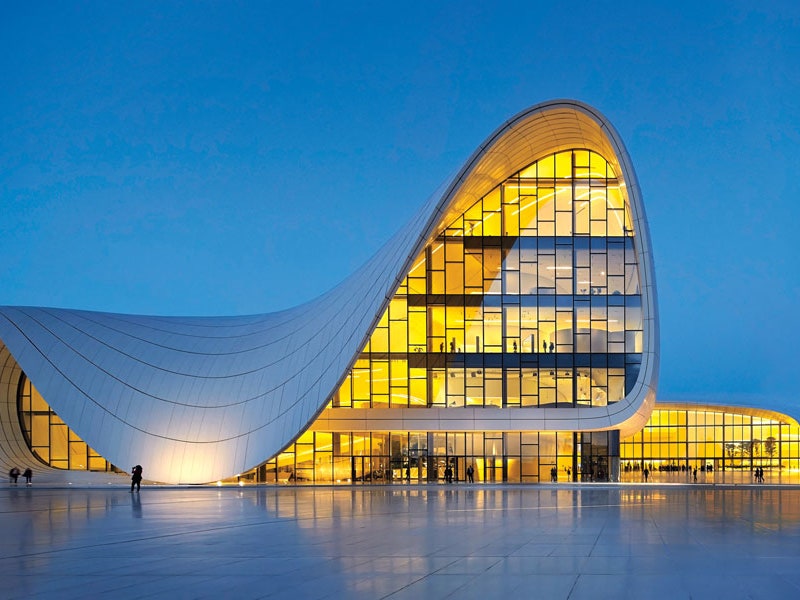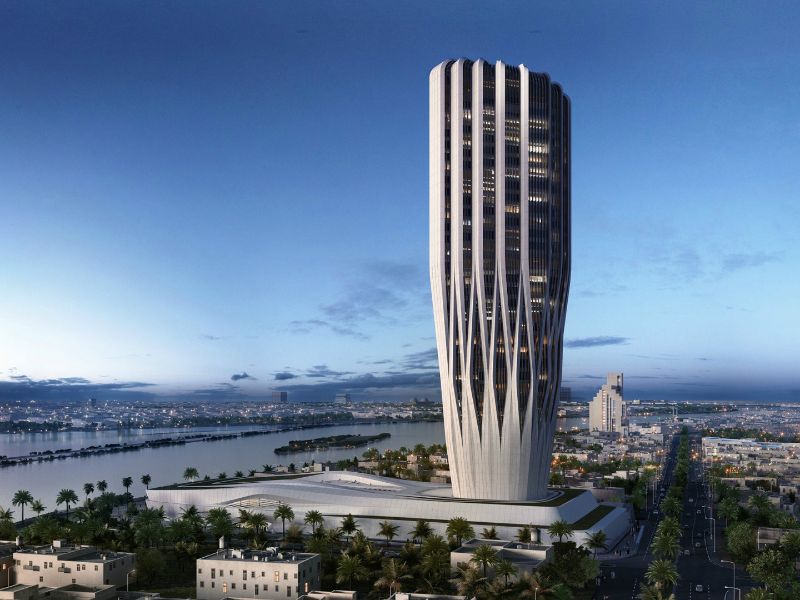Architecture and Building

Architecture has accompanied people throughout time, developing to respond to the increasing needs of individuals. Its history dates back to the Neolithic period, when humans abandoned nomadic life and settled in specific areas for the development of agriculture.
It is in this period that the first houses were built, for the accommodation of people, and other enclosures that would be used for ceremonies, for the storage of products or for livestock.
However, it was the Greeks and Romans who raised this art to another level, perfecting it and initiating what is known as classical architecture. They started to use arches and stylized columns in the constructions, the first aqueducts and sanitation systems appeared in the cities, and concrete was originated.
From these beginnings to the present day, architecture has evolved by introducing new constructive elements, materials, construction processes and applied technology, which have made it possible to reach milestones never before imagined.
Architecture, what can you specialize in?
In general, we tend to relate architecture almost exclusively with the construction of buildings. However, there are many specialties or areas of work in which architects are present.
The most demanded specialities in Architecture we already show you some of the specialities with more outlets in the labour market nowadays, having some of them a lot of relation with the new technologies applied to architecture.
The most general branches of architecture consist of:
Building
It is the most famous and important architectural specialty. Its scope of action is related to the development of construction projects, which include activities such as control of the execution of construction works, compliance with technical aspects and applicable regulations or the calculation of structures.
Urban and territorial planning
Also known as territorial planning or urban planning, it is an interdisciplinary science that brings together applied science, politics and administrative techniques and aims at the balanced development of both urban and rural environments.
Interior architecture
Although we may tend to think that architecture and interior design are the same, the reality is that they are two totally different disciplines. We understand interior architecture as the discipline in charge of creating spaces by manipulating the spatial volume and the surface treatment of houses or buildings. To do this, this speciality uses, in addition to the knowledge of architecture, disciplines such as psychology or product design.

Energetic rehabilitation
The energy consumption of buildings is an aspect that in recent years has taken on special relevance when it comes to their design and construction. By means of measures such as the orientation of the building, the installation of solar panels or the insulation of the walls, energy consumption can be significantly reduced.
Therefore, architects specializing in energy rehabilitation are responsible for carrying out the necessary actions in a building to achieve energy savings, such as improving the thermal envelope, improving thermal and lighting installations or replacing conventional energy with biomass.
New technologies applied to Architecture
Once we have seen the most important specialities of architecture, we are going to focus on the importance that new technologies are reaching in the construction sector.
There are many innovations that have appeared in recent years in the building industry, as we show in innovations that have revolutionized the architecture sector, its main objective being to reduce costs and be more efficient in construction processes.
As a complement to the mentioned post, we show you other applied technologies that are currently being used:
Additive manufacturing
It includes all manufacturing processes that are carried out through layer processing, such as 3D printing. This reduces waste generation and execution times to a minimum.
Some of the most commonly used related technologies are Fused Deposition Modeling (FDM), photopolymerization technology, powder bed fusion or directed energy deposition.
Automation or domotics
Residential automation, a concept that some years ago was seen as something futuristic that would take time to reach people’s daily lives, today is already seen as normal and is already integrated into society.
Thanks to the use of smartphones, tablets, or systems such as Google Home or Alexa, we can very easily modify both the conditions and the appliances in our house. With this we are able to turn on the heating before arriving home, program the lights to turn on at a certain time or turn on and off electronic devices remotely.
Thermoset technology
Thermoset materials are those that are reinforced with advanced fibres (thermoset polymer), achieving resistance one hundred times greater than steel, as well as being very light and easy to handle, allowing architects to create more complex shapes in their buildings. In short, many advances are being made in the construction sector thanks to new technologies.
The importance of BIM methodology in Architecture
At this point, if you’re in the construction business and don’t know what Building Information Modeling, better known by its acronym BIM, is all about, you have a problem.
Being already mandatory its use in building projects in many countries, is presented as the future of the sector and as we tell you in this article, there are many advantages that this methodology has over the previous one.
BIM methodology but which are gradually becoming more important:
Blockchain
The fever for cryptomonies in recent years has led to the introduction of one of the technologies behind them, the Blockchain. With it, it is possible to make a distributed record of synchronized information in which the modification of the information is controlled. And this is what makes it so striking for the BIM methodology, being a collaborative work between many independent agents and generating a large amount of information.
Finally, it is worth highlighting the benefits of using smart contracts or blockchain contracts, which are able to automatically regulate and model the exchanges within a project.
BIM programming
One of the most important aspects of the BIM methodology is the reduction of project design and execution times thanks to its countless tools and collaborative work. By means of these or other programs it is possible to automate tasks that are repeated numerous times throughout a project, such as measurements, drastically reducing the time needed to perform them.
Big data and Machine Learning
During the development of a construction project using the BIM methodology, an immense amount of information is generated. That is why the use of Big Data can help us in the collection, management and study of the data. On the other hand, machine learning can help us to optimize the obtaining and subsequent visualization of the extracted data, facilitating the creation of predictive methods that will make possible its automation.

